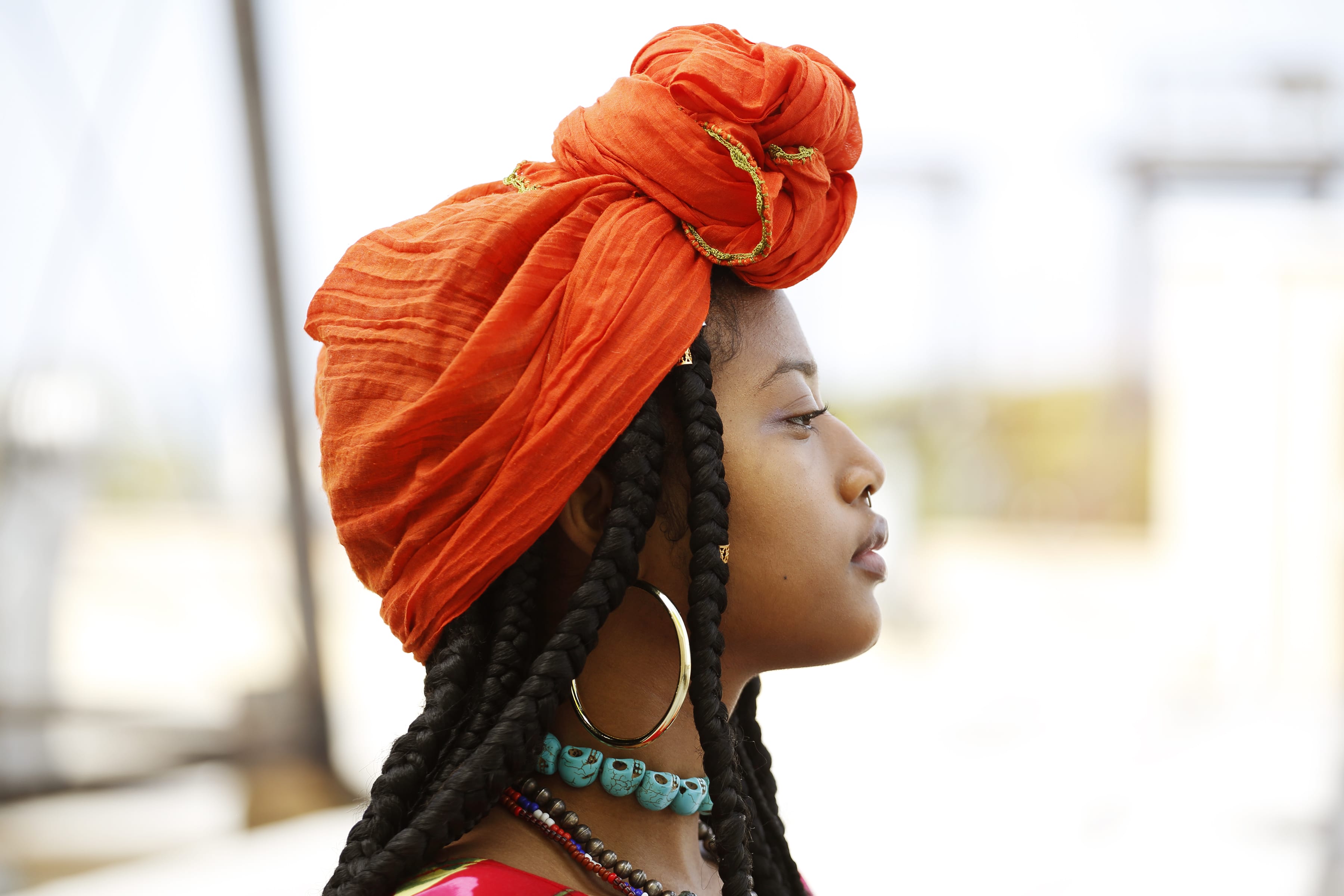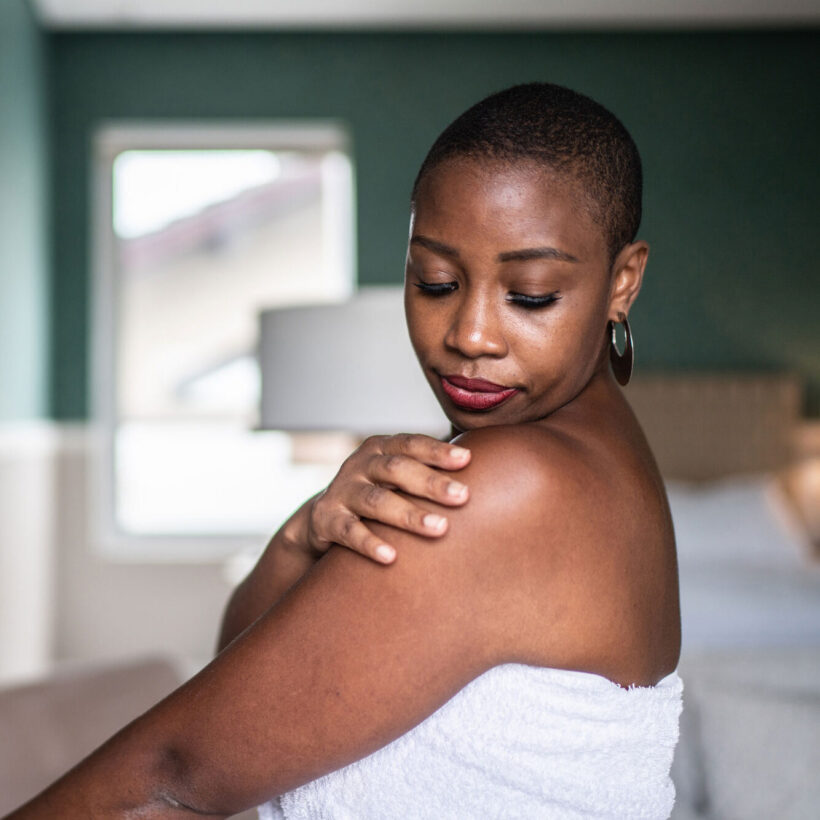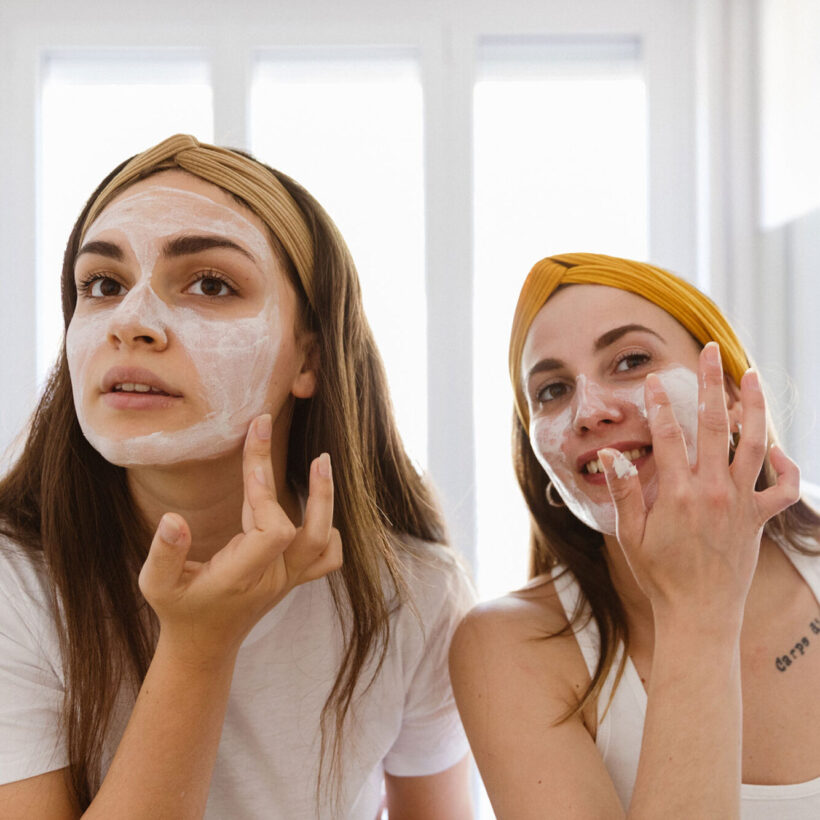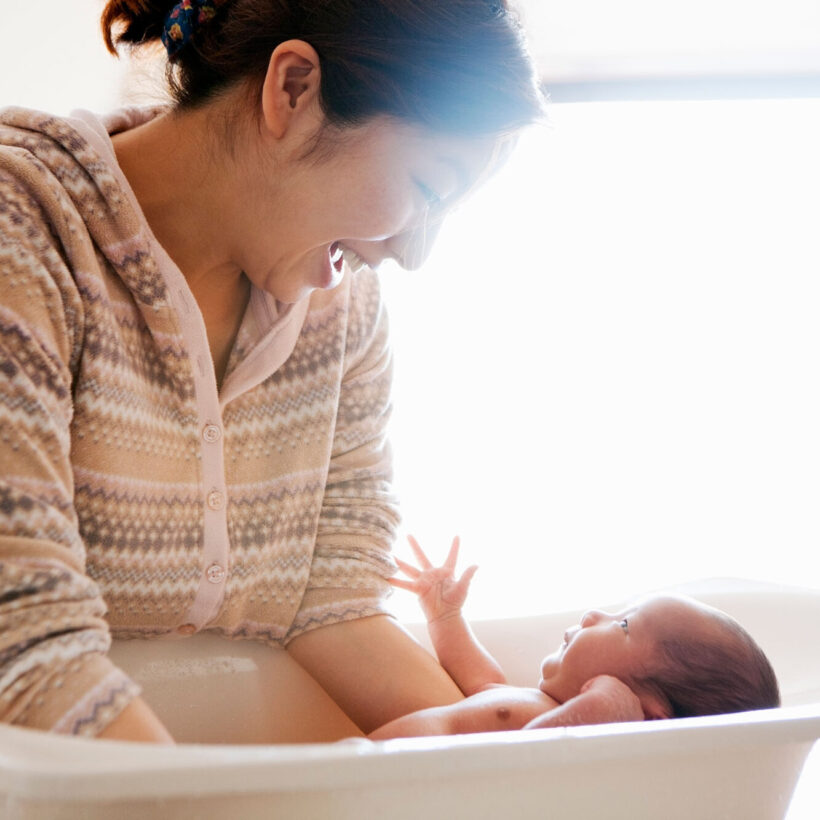If you’re confused by natural hair acronyms like “TWA” or haven’t heard of techniques like pineappling, you’re not alone. “I find it important for people to understand the terminology associated with natural hair because wearing it’s connected to women physically, mentally and spiritually,” says Michelle Sultan, texture hair specialist, brand ambassador and creative director for Imbue Curls. “Wearing your natural hair has gained huge momentum in the past decade, with more and more women choosing to shun chemical hair treatments in favor of embracing their natural curls, coils and kinks. The language used around this is complex and needs to be fully understood so as not to offend, discriminate, or patronize,” she says.
Historically, natural hair has been a political statement and an act of bravery especially in the workplace where people with natural hair weren’t allowed to express their cultural identity and individuality. Several states have only recently started passing laws banning policies that discriminate people of color from wearing their natural hair. “For years, I dealt with clients who didn’t dare to have more than an inch of natural regrowth for fear that a colleague may see frizz or what they deemed less than perfect hair,” says Sultan. “The language used on hair care packaging for even the slightest of kinks was almost like the consumer should be ready for combat: ‘Fight the war on frizz!’”
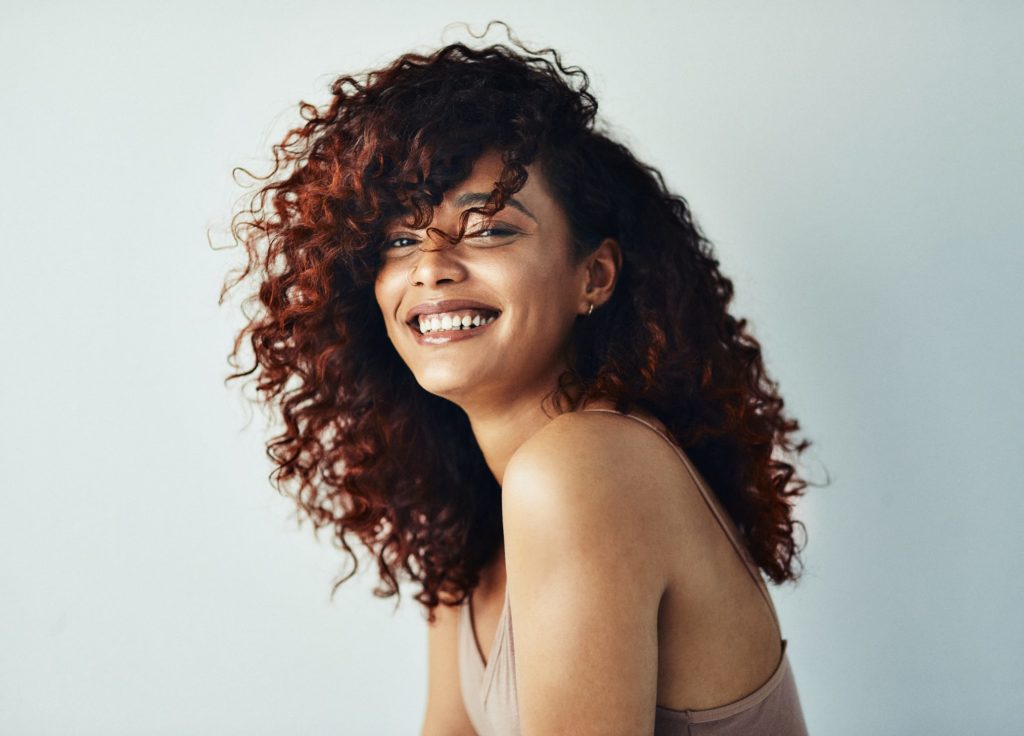
Brands like Imbue, Adwoa Beauty, Dark&Lovely, Sienna Naturals, Pattern Beauty by Tracee Ellis Ross, and Carol’s Daughter are changing the narrative. “At Imbue, we use phrases like ‘curl empowering’ or ‘curl liberating’ — words that nurture natural hair and allow for self-acceptance,” says Sultan. “When it comes to the terminology used to describe natural hair for me, I often correct clients and sometimes colleagues,” she says.
Indeed there’s so much to learn about natural hair and caring for your curls, so below we dive in with our experts for a few useful terms to understanding Black hair care. Whether you’re new to embracing your natural hair yourself, or you want to be a proponent of using the right natural hair lingo, this glossary can help you understand all about curly hair types and their experience.
ACV: An acronym for apple cider vinegar. “On wash day, some people use an apple cider vinegar rinse. It helps balance the pH level of your scalp and hair,” says Adrienne Leak, hairstylist for Just for Me, a curly hair brand targeted for kids. “You can DIY an ACV rinse using two parts water and one part apple cider vinegar,” she says. It has natural antibacterial properties that help with inflammation while clarifying your scalp to promote healthy hair growth.
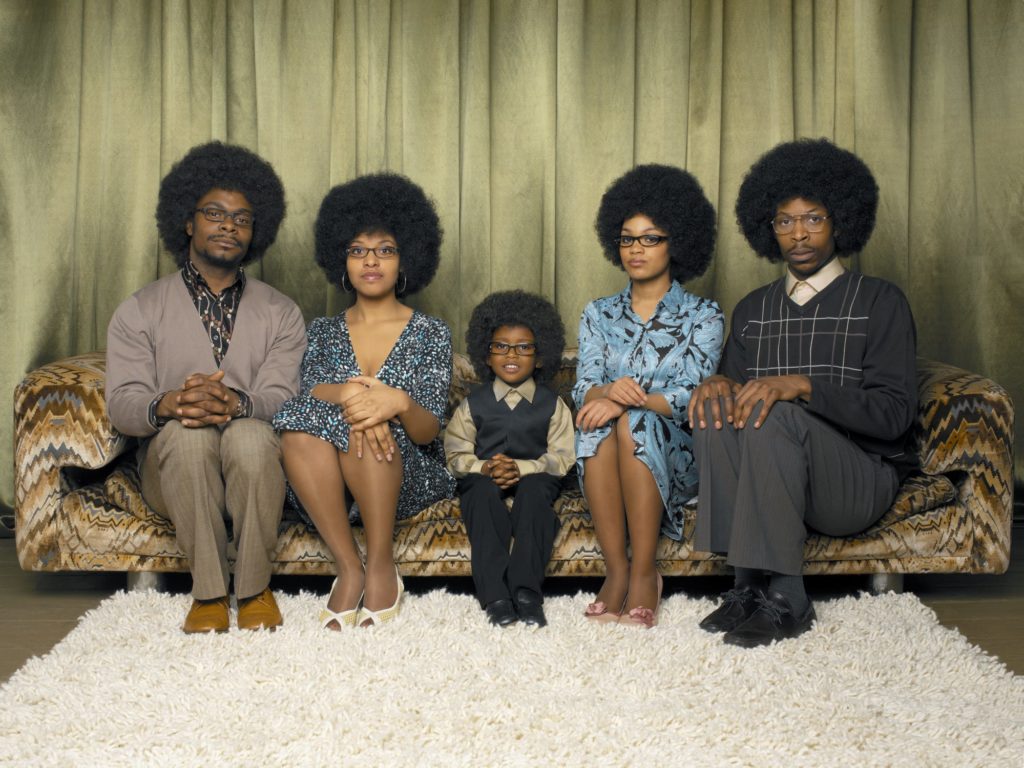
Afro: “This is a dynamic word that can be used to describe curly and tightly coiled hair textures in their natural state,” says Leak. “‘Old school’ afros were stretched and picked out with combs or fingers to achieve a perfectly rounded look. ‘Modern’ afros tend to focus on curl definition and volume,” she says. It can be achieved through a wash-and-go style, braid out, or twist-out (more on those below.)
Bagging: Also known as the “baggy” method, this is a way to trap in all that good moisture in your hair. It’s typically done with a shower cap, but if you don’t have one, you can grab kitchen staples like a large, gallon-sized Ziploc bag or saran wrap. First, you apply your regular conditioner to freshly washed hair and then secure it with your preferred “baggy.” If you’re indeed using a Ziploc or saran wrap, just grab a hair tie to secure it in place. The conditioner is typically left in for a few hours, but you can even leave it in overnight if it’s not too messy. Just wash it out when you’re ready.
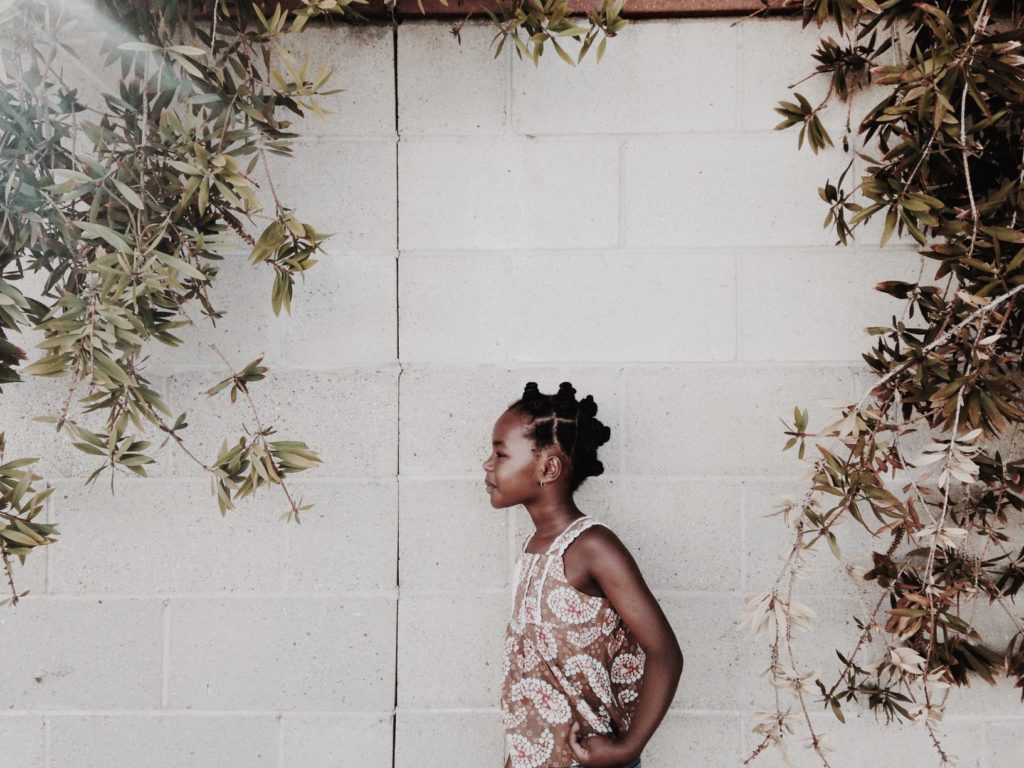
Bantu Knot: Also known as Zulu knots, this is a traditional style created by the Zulu people of South Africa. “You achieve this by parting the hair into small-to-medium sections, twisting the sections in one direction, wrapping the hair around itself, and securing at the base by tucking the ends of hair,” says Leak.
Big Chop: “This term is often used to describe when someone cuts off a large amount of chemically processed hair with the intention of returning to their hair’s natural texture. Big Chop is a versatile phrase that can be used as a noun or a verb. ‘I’m looking for the best hairstylist to give me a Big Chop so I can begin my natural hair journey’ or ‘I was too nervous to Big Chop, so I let my relaxer grow out and gradually trimmed it off,’” says Monae Everett, celebrity hairstylist, author, and founder of the Texture Style Awards.
Braid and Curl: This method of styling your hair is time-intensive, but worth having patience if you want voluminous, bouncy curls. You’ll need your favorite leave-in conditioner to give hair a bit of slick, a detangling brush, a wide-tooth comb, and either rollers or Flexi rods to get started. After applying your leave-in conditioner and dividing your hair into four equal sections, the magic happens: Take each section and divide it into two strands that you twist around each other. You’ll then wrap your roller or rod around each one. You’ll have four rods in total, one for each section. After your hair completely dries (this works best overnight) and you remove your rods, you’ll have springy curls.
Braid Out: “A general term for braiding one’s hair either in plaits (away from the head) or cornrows, then releasing the braids for a wavy or curly result. Many times the hair is wet, then a mouse, foam, or gel is used before or after braiding to assist with style longevity,” says Everett.
Breakage: “Breakage happens when there is a break in the hair shaft resulting in split ends and shorter strands. Breakage is typically the result of excessive manipulation (more on that below), improper choice of styling tools, over-processing from chemicals, heat damage, or lack of moisture,” says Leak. Breakage can happen to anyone (not just for curly hair) if your hair is damaged and weak — “curly hair is more prone to it because it’s prone to dryness,” says Leak.
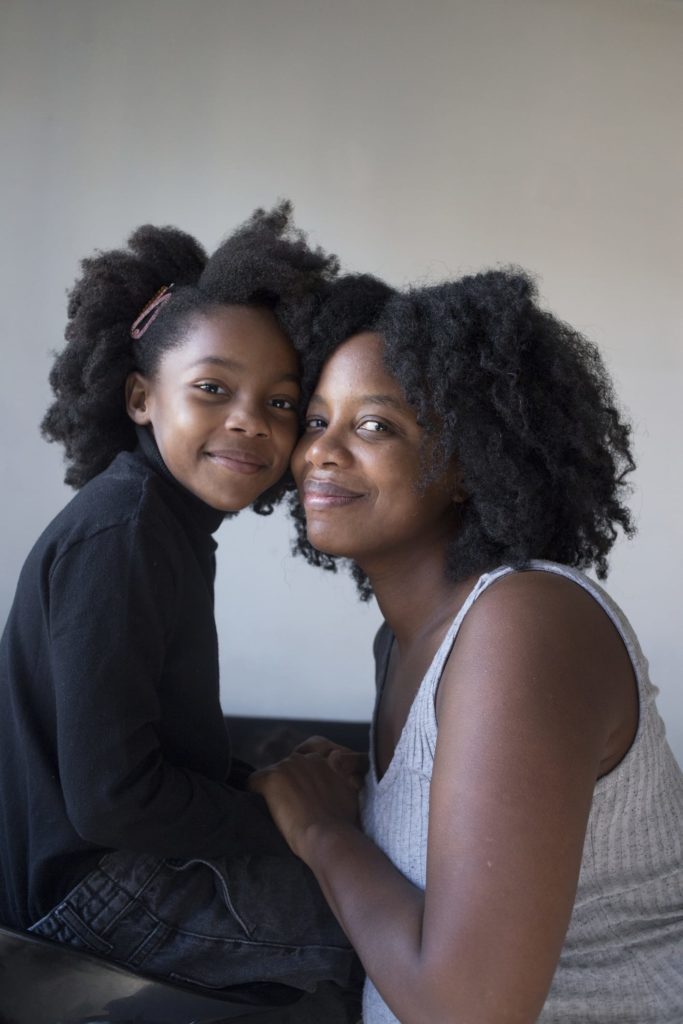
Coils: When you think of this in terms of hair type (see “Hair Type” below), this is the curliest out of all the possible types of curls. It’s also referred to as kinky hair.
Cones: Short for silicones, it’s an ingredient that’s found in many moisturizing styling products, like your conditioners. Though they lock out humidity and seal in moisture, they have a bad rap for potentially creating a buildup that dulls your hair — a frustrating Catch-22. The best way to combat this is by using a clarifying shampoo if you’re regularly using silicone-based products.
Cornrows: “Cornrows are braids that are created with underhand motions so the braids can be seen on top of the hair. This term is generally used to describe two or more braids that sit on the scalp. The stitching of the braids resembles corn. Multiple on the scalp braids resemble rows of corn, hence, cornrows. Cornrows are the opposite of French braids,” says Everett.
Co-wash: Short for “conditioner-only” washing, it’s a popular alternative to using a traditional shampoo so you can “wash” your hair without stripping it of its natural oils. It requires a specific technique that requires you to use your fingertips (not your nails — you don’t want to scratch!) to create a lot of friction at your scalp to remove buildup. It’s important to use a specific co-wash conditioner as opposed to your regular conditioner, as co-washes are typically formulated with (sulfate-free) ingredients designed to gently cleanse as opposed to simply moisturizing. This can be done a couple of times a week.
Demarcation line: “This is the line where new growth meets chemically processed or heat damaged hair. To avoid breakage at the line of demarcation it is important to maintain the hair’s moisture balance, use protein treatments to strengthen the hair, and get regular trims. Be gentle with the hair when styling and mindful of the tools and products you’re using. To avoid heat damage try using natural and protective styles like braid outs or twist outs,” says Leak.
Dusting: Similar to trim, it usually involves cutting a very small amount of hair (less than half an inch) from the bottom, or twisting hair and cutting off any split ends to keep hair healthy.
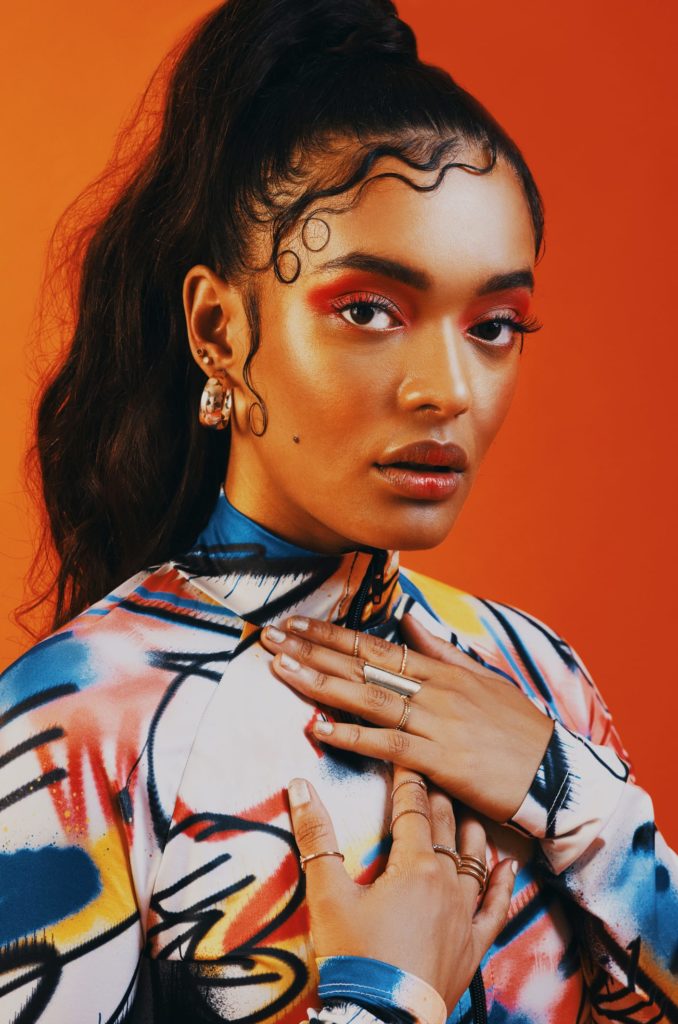
Edges: This is in reference to those short, baby hairs around the perimeter of your forehead. There’s an art to “laying your edges” and it’s considered the finishing touch to pulling your hairstyle together. “It’s guaranteed every Black woman has had a bad experience with a hairstylist who ‘snatched’ out her edges and not in a good way!” says Sultan.
Flat-twists: “A simple, low-maintenance style where the hair is twisted close to the scalp using two strands instead of three as seen in cornrows or braids,” says Leak.
Hand-in-hair: This is a phrase for when you’re constantly touching your natural hair, which can lead to over-manipulation and damage.
Hair Type: There are twelve major hair types: Type 1 is straight, Type 2 is wavy, Type 3 is curly, while Type 4 is coily. There are three subcategories under each (A, B, C) that depend on the width of your hair’s curl pattern.
Manipulation: “A term used to describe the amount of styling used to create a hairstyle. It can include heat styling, combing, brushing, stretching, and more. Manipulation is usually a descriptor for the amount of work needed to create a style,” says Everett.
Pineappling: This is a technique to set your curls overnight without using heat. “A general way to pineapple your hair is to gather your curls and bring them loosely to the front of your head. Secure them with a silk or satin ponytail holder,” says Everett.
Plopping: It’s well known that using a regular towel to dry your hair is a recipe for frizz, and when it comes to curls, using a blow-dryer is also usually out of the question. Plopping lets you air-dry by using a cotton T-shirt or even a soft cotton pillowcase to decrease drying time while keeping your curls intact. First, you put your T-shirt on your bed, you bend over at the waist, and you plop your curls onto the middle of the shirt, so they’re nice and scrunched. Wrap the shirt around your head (this takes some practice!) so that your curls stay plopped and secure on top of your head as they dry.
Pre-pooing: “Pre-pooing is the process of detangling the hair using a conditioner or pre-poo conditioner with lots of slip to detangle the hair prior to shampooing for a quicker, pain-free process. Try the Just for Me Curl Peace Tender Head Pre-Shampoo detangler for quicker, easier wash days,” says Leak.
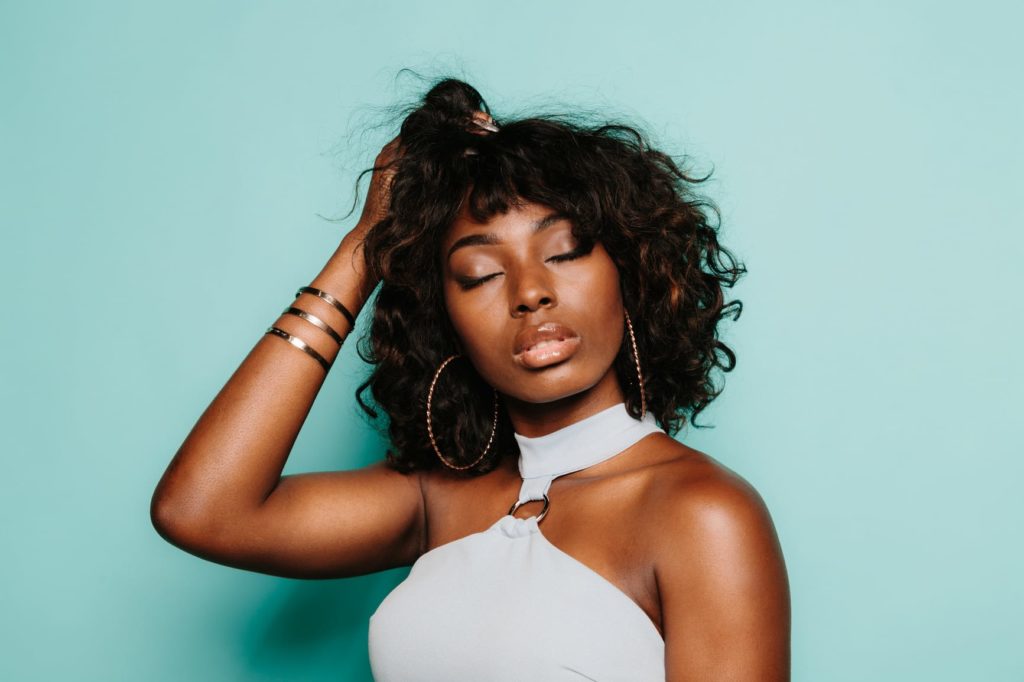
Protective style: “A broadly used term to represent hairstyles that tuck aways the ends of hair. It is generally a low-maintenance hairstyle. A protective style is usually created with an intention of protecting the health of the hair and promoting hair growth. It may or may not include hair extensions or wigs. Wigs are definitely considered a protective style because the hair is usually cornrowed down on the scalp underneath your wig — and the cornrow style itself also helps your hair retain moisture,” says Everett.
Keratin/Protein Treatment: These treatments help restore elasticity and prevent further breakage—particularly helpful for color-treated hair. Hair is made of protein (keratin) and the treatments, which can be done at home or at a salon, temporarily fill your hair with straightening amino acids. “Just be careful not to use too much protein which can harden the hair too much and create even more breakage,” says Sultan.
Relaxer: “Relaxers are chemical straighteners used to smooth the natural curl pattern in the hair. Some clients have asked me for texturizes or a ‘text lax’ not realizing that the same chemicals are used in the process. Overuse of chemical relaxers will result in breakage and hair loss so you want to process with caution,” says Sultan. The most common type of relaxer used by professionals is called lye where the main active — highly alkaline — ingredient is sodium hydroxide. If your scalp is sensitive, you might use a no-lye relaxer, which can use ingredients like ammonium thioglycolate, which has a lower pH (and less likely of getting a chemical burn from overusing it).
Transitioning: This is used to describe when you stop chemically treating or relaxing your hair and transition to natural hair. People can achieve this by doing a Big Chop or a TWA (see below!).
TWA: “This is an acronym for Teeny Weeny Afro or a short Afro between two and four inches long —unstretched. Some people enjoy the look and low maintenance nature of this style. Others wear it because they’ve recently completed the Big Chop,” says Leak.

Twist Out: “A styling technique where the hair is twisted in a wet or dry state using the product to help create definition and hold. Once the hair has set the twists can be unraveled for a more uniform curl definition. Using a product like Curl Peace 5-in-1 Wonder Spray can help nourish and define twist outs,” says Leak.
Wash and Go: “This is one of the most coveted natural styles because of its quick and easy process. First, you cleanse and condition, then you work the product of your choice through the hair without disturbing the curls. Hair is then air-dried or diffused. It is important to allow the hair to fully set and dry,” says Leak.
We only recommend products we have independently researched, tested, and loved. If you purchase a product found through our links, Sunday Edit may earn an affiliate commission.
